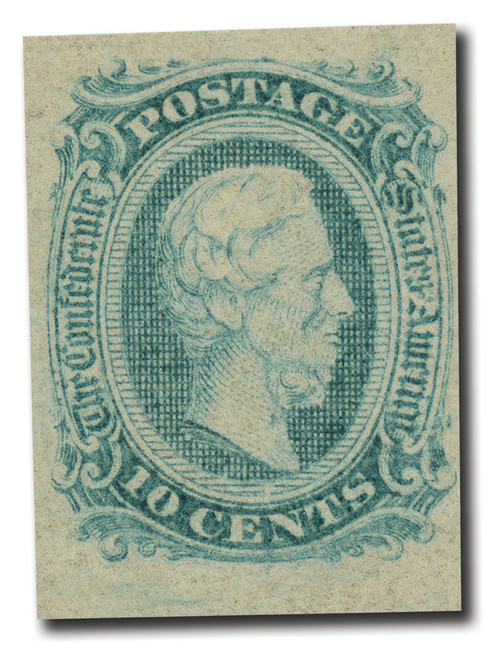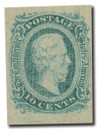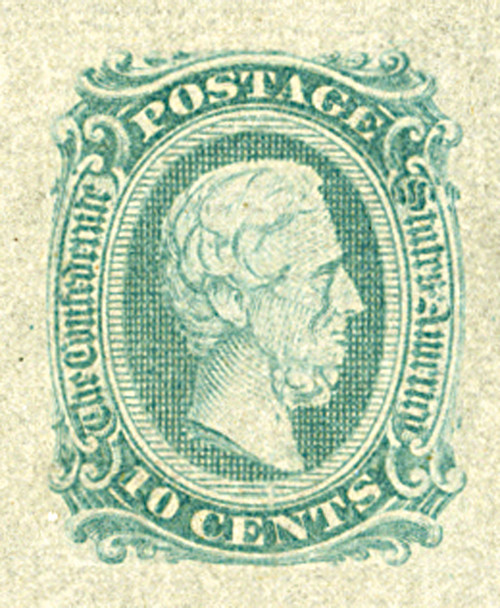
# CSA11 - 1863-64 10c Confederate States - Jefferson Davis - blue, no frame-line (Die A)
Jefferson Davis Elected Confederate President
On November 6, 1861, Jefferson Davis was elected the first and only president of the Confederate States of America.
Jefferson Davis was born in Kentucky and grew up in Mississippi and Louisiana. He married Sarah Knox Taylor, former US President Zachary Taylor’s daughter, though she died of Malaria three months into the marriage. Davis later developed a sprawling plantation in Mississippi, remarried, and raised a volunteer regiment for the Mexican-American War. After suffering an injury in the war, Davis served in the Senate.
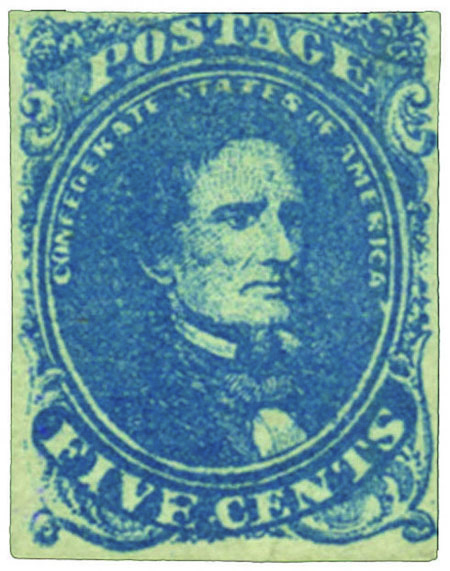
Davis later took part in a pro-slavery convention and campaigned throughout the South for Democratic presidential candidate Franklin Pierce. He was rewarded with an appointment to serve as US secretary of War following Pierce’s election. Davis pushed for the Gadsden Purchase of today’s southern Arizona from Mexico, increased the Army from 11,000 to 15,000, and modernized its weaponry. He also oversaw the construction of the Capitol Dome. When Pierce lost his bid for re-election in 1857, Davis resumed his own Senate career.
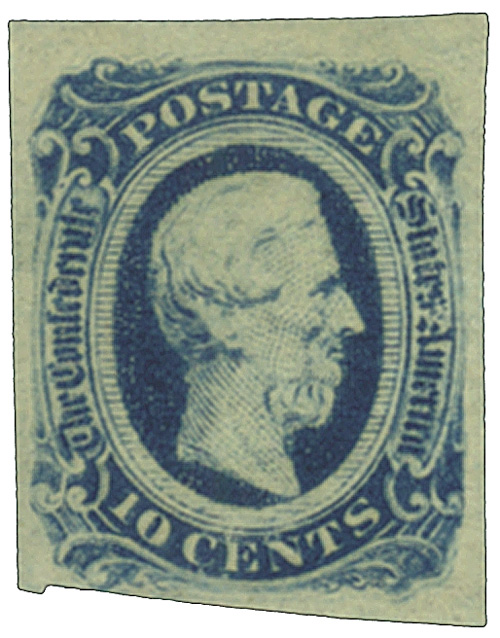
On July 4, 1858, Davis delivered an anti-secessionist speech near Boston – a platform he would repeat in October. As he explained after the Civil War, Davis felt each state was sovereign and had the right to secede, but he didn’t believe the North would allow a peaceful separation and urged the South to delay secession for that reason. Davis knew the South lacked the military and naval resources to defend itself. Lincoln’s election and the rapid declarations of secession sealed Davis’ fate, and he delivered a farewell address to the US Senate on January 21, 1861. He would call that day the saddest in his life.
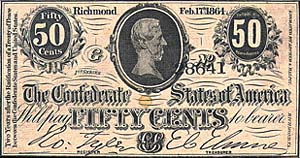
After Mississippi seceded, Davis was appointed major general of the Army of Mississippi. A constitutional convention was held on February 9, 1861, to determine a provisional President of the Confederacy. According to one source, Davis “was the champion of a slave society and embodied the values of the planter class, and thus was chosen provisional Confederate President by acclamation.” Davis had wanted to serve as a general in the Confederate Army, but accepted the nomination as president. Davis ran unopposed in the election, which was held on November 6, 1861. He was elected to a six-year term and was officially inaugurated the following February.
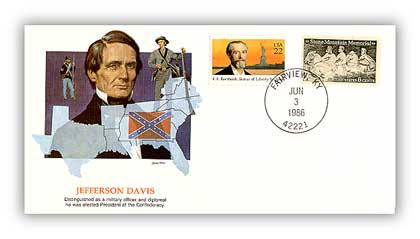
Davis spent the first six weeks of his presidency trying to negotiate peacefully with Northern officials until talks broke down over Fort Sumter. Only then did Davis give the order to fire on the fort. Early on, Davis displayed the characteristics that doomed his leadership: a large reluctance to delegate authority and a dependence on old cronies. Flawed military strategy and insensitivity to the suffering of his followers also hampered Davis’ administration.
Captured on May 10, 1865, Davis spent two years in prison before being released on a bond of $100,000, which was raised by a group of prominent citizens. While he became a symbol of the Confederate “Lost Cause,” Davis urged loyalty to the nation during Reconstruction.
Jefferson Davis Elected Confederate President
On November 6, 1861, Jefferson Davis was elected the first and only president of the Confederate States of America.
Jefferson Davis was born in Kentucky and grew up in Mississippi and Louisiana. He married Sarah Knox Taylor, former US President Zachary Taylor’s daughter, though she died of Malaria three months into the marriage. Davis later developed a sprawling plantation in Mississippi, remarried, and raised a volunteer regiment for the Mexican-American War. After suffering an injury in the war, Davis served in the Senate.

Davis later took part in a pro-slavery convention and campaigned throughout the South for Democratic presidential candidate Franklin Pierce. He was rewarded with an appointment to serve as US secretary of War following Pierce’s election. Davis pushed for the Gadsden Purchase of today’s southern Arizona from Mexico, increased the Army from 11,000 to 15,000, and modernized its weaponry. He also oversaw the construction of the Capitol Dome. When Pierce lost his bid for re-election in 1857, Davis resumed his own Senate career.

On July 4, 1858, Davis delivered an anti-secessionist speech near Boston – a platform he would repeat in October. As he explained after the Civil War, Davis felt each state was sovereign and had the right to secede, but he didn’t believe the North would allow a peaceful separation and urged the South to delay secession for that reason. Davis knew the South lacked the military and naval resources to defend itself. Lincoln’s election and the rapid declarations of secession sealed Davis’ fate, and he delivered a farewell address to the US Senate on January 21, 1861. He would call that day the saddest in his life.

After Mississippi seceded, Davis was appointed major general of the Army of Mississippi. A constitutional convention was held on February 9, 1861, to determine a provisional President of the Confederacy. According to one source, Davis “was the champion of a slave society and embodied the values of the planter class, and thus was chosen provisional Confederate President by acclamation.” Davis had wanted to serve as a general in the Confederate Army, but accepted the nomination as president. Davis ran unopposed in the election, which was held on November 6, 1861. He was elected to a six-year term and was officially inaugurated the following February.

Davis spent the first six weeks of his presidency trying to negotiate peacefully with Northern officials until talks broke down over Fort Sumter. Only then did Davis give the order to fire on the fort. Early on, Davis displayed the characteristics that doomed his leadership: a large reluctance to delegate authority and a dependence on old cronies. Flawed military strategy and insensitivity to the suffering of his followers also hampered Davis’ administration.
Captured on May 10, 1865, Davis spent two years in prison before being released on a bond of $100,000, which was raised by a group of prominent citizens. While he became a symbol of the Confederate “Lost Cause,” Davis urged loyalty to the nation during Reconstruction.

